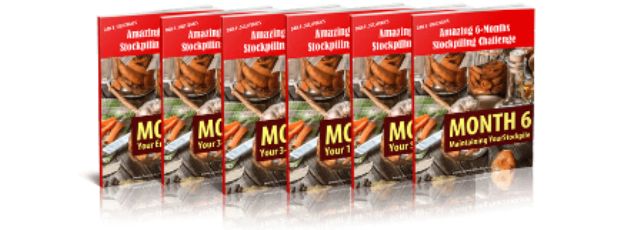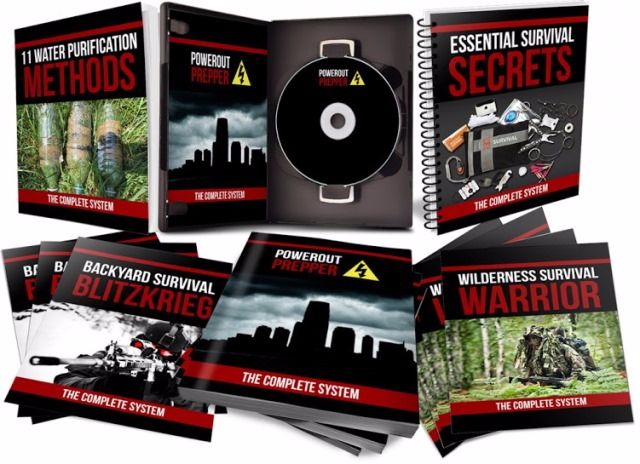In our early childhood, we were always amazed by our older generation, because they were always buying big bags of sugar and flour and boxes of matches and salt. But why were they doing like that? Their answer was: “for a rainy day” or “let it be, it doesn’t require food”.
We can’t avoid such situation in future, thus sometimes it’s really important to remember tips of your grandmother and traditional believes, as well as use your own clear mind in order to get all the knowledge about depositing of goods, conditions of storage and variants of future use.
It’s important to say that your food supplies have to be collected and stored in accordance with principles of long-term storage, the versatility of usage and compactness. Don’t forget about the traditional and unique places for storage, i.e. house pantries, cellars near to your home, dugouts in forest, backpacks and other options.
Dependence on their relevance and importance, such deposits can be grouped and placed in special locations. The most comprehensive scheme of food preparation for a war or emergency cases is described in Dan Sullivan’s book “Amazing Stockpiling Challenge“. You should definitely download this guide on this page!
Let’s start with water. Of course, because it’s one of the main life sources on the Earth. Deposits of fresh drinking water can be kept as long as needed. However, you have to avoid plastic bottles and direct sunlight (water starts to become green and gets a specific smell). If you don’t have other options, put bottles into black plastic bags for garbage.
It’s recommended to use special containers, which don’t contain toxic Bisphenol A substance, which can cause cardiovascular diseases, diabetes, and other significant health problems. One can also use glass bottles or stainless steel vessels. The volume of such vessels varies according to your personal needs.
One of the other important things is to have a source of piped water. It doesn’t have to be a problem to find a source of water (a well or a spring), collect it on your own (from raindrops or making a well) as well as to know how to clean it (for example, water in the toilet tank is the same as in your tap).
The situation with food deposits is a little bit different. There are several different expert opinions about the importance and storage retention time of various products. Just remember that food supplies, which you plan to create, don’t have to contain a lot of preservatives and GMO. You need to include food with various carbohydrates, fats, and protein composition.
It’s recommended to preserve products yourself, following all steps of the process. We want to pay special attention to the importance of gardener skills in field (home) conditions, which will definitely help to survive when you finish all created supplies and deposits, harvesting enough fruits and vegetables.
Let’s look closer at the most important strategic food supplies. One of such supplies is grits. For example, buckwheat, which is full of slow carbohydrates can be stored for about five years (the same as wheat and barley), while rice will become bad in just one year.
In case of radioactive contamination (i.e. a war or a large technological cataclysm) grits has to be kept in properly lashed bags from polyethylene or plastic; glass bottles or other vessels; covered in several layers of thick paper and put into any sealed container; in crates, covered with parchment or thick film from the inside; in sacks with plastic bags inside and covered with tarp or other dense materials. Such packaging can be used not only for grits but for sugar, flour, pasta and some types of vegetables.





